I am new to assembly.I am reading computers system programmer's perspective. I don't understand how I choose suffix for mov instruction. I know each register and bit count.
Suffix usage is determined by bit count (32 bit l, 16 bit w, 8 bit b). Few example is not valid for prior sentence. For example %esp is 32-bit register but for 4. step suffix b is used instead of l. Please give an explanation for using suffix.

questions :

answer : l-w-b-b-l-w-l
Source: Computer Systems: A Programmer's Perspective (CSAPP) by Bryant, O'Hallaron